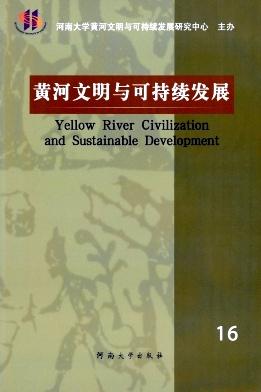Possibilities of Biogas Production from Livestock Waste in Latvia
引用次数: 0
Abstract
With the adoption of the Green Deal in the European Union (EU), the role of biodiversity, basic principles of the circular economy, climate change mitigation, forest protection and renewable energy increased. Since 2007, biogas production in Latvia has increased significantly, as it was possible to receive co-funding from the EU Funds for the construction of biogas plants. In 2021, inputs of agricultural origin are used by 40 biogas plants with an average installed capacity of 1 MW. The emergence of biogas plants on livestock farms is facilitated by the development of a circular economy producing waste from the production process – manure and feed waste. Anaerobic fermentation results in digestate – a nutrient-rich plant fertilizer that reduces the application of chemical fertilizers. Rational use of biogas can reduce the need for fossil fuels. Energy production from biogas should be encouraged, as waste is used efficiently, thereby generating energy and reducing the release of greenhouse gases into the atmosphere. In Latvia, livestock production is one of the key industries of the national economy, which produces manure and feed waste. The present research calculated the amounts of cattle, pig and poultry manure and feed waste in Latvia. The research analysed livestock farms by number of cattle, pigs and poultry, the potential amounts of manure and waste produced and theoretical biogas output. Theoretically, 309 farms analysed can produce 93.5 mln. m3 of biogas from agricultural waste and construct 269 new biogas plants. A policy for supporting the construction of new biogas plants would contribute to the country’s independence from fossil energy sources, as well as increase the proportion of renewable energy sources to 50-70 % in final energy consumption by 2030. Farmers on whose farms a biogas plant could be built need to carefully consider the uses of the biogas produced. The uses could be thermal energy generation for heat supply, cogeneration (thermal and electrical energy) or biomethane production.拉脱维亚利用牲畜粪便生产沼气的可能性
随着《绿色协议》在欧洲联盟(欧盟)的通过,生物多样性、循环经济基本原则、减缓气候变化、森林保护和可再生能源的作用得到加强。自2007年以来,拉脱维亚的沼气产量显著增加,因为有可能从欧盟基金获得建设沼气厂的共同资金。到2021年,40家平均装机容量为1兆瓦的沼气厂将使用农业原料。循环经济的发展促进了畜牧场沼气厂的出现,生产过程中产生的废物-粪肥和饲料废物。厌氧发酵产生消化液——一种营养丰富的植物肥料,减少了化肥的使用。合理利用沼气可以减少对化石燃料的需求。应鼓励利用沼气生产能源,因为废物得到有效利用,从而产生能源并减少向大气中排放温室气体。在拉脱维亚,畜牧生产是国民经济的关键产业之一,它产生粪便和饲料废物。目前的研究计算了拉脱维亚的牛、猪和家禽粪便和饲料废物的数量。该研究通过牛、猪和家禽的数量、产生的粪便和废物的潜在数量以及理论上的沼气产量来分析畜牧场。理论上,309个被分析的农场可以生产9350万个。立方米农业废弃物沼气,新建沼气厂269座。支持建设新沼气厂的政策将有助于该国摆脱对化石能源的依赖,并在2030年之前将可再生能源在最终能源消费中的比例提高到50- 70%。可以在农场建造沼气厂的农民需要仔细考虑所产生的沼气的用途。其用途可以是用于供热的热能发电、热电联产(热能和电能)或生物甲烷生产。
本文章由计算机程序翻译,如有差异,请以英文原文为准。
求助全文
约1分钟内获得全文
求助全文

 求助内容:
求助内容: 应助结果提醒方式:
应助结果提醒方式:


